North America's eeriest shipwrecks
Sunken vessels with stories to tell
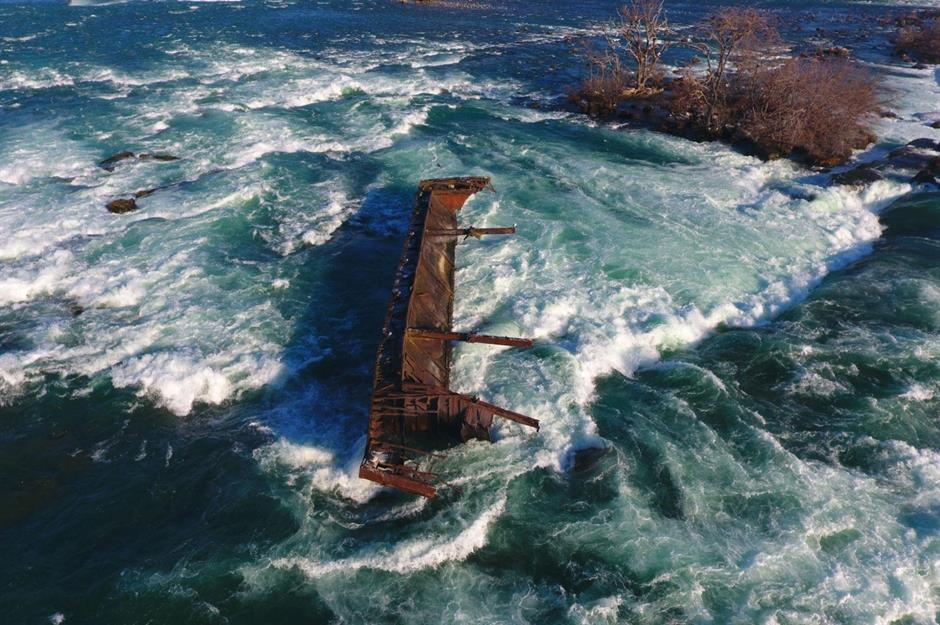
Humanity has long been fascinated by shipwrecks. Perhaps it’s the thought of the secrets they might contain, or the often mysterious circumstances which surround their sinking, but these long-lost liners inspire everything from fear to grief, wonder and horror. There are some pretty spooky shipwrecks littered on the beaches, lake beds and ocean floors of North America, from British Columbia to Bermuda. Here, we round up the eeriest of them all.
Click through the gallery to tour the continent's creepiest sunken ships...
General Hoyt S Vandenberg, Florida, USA
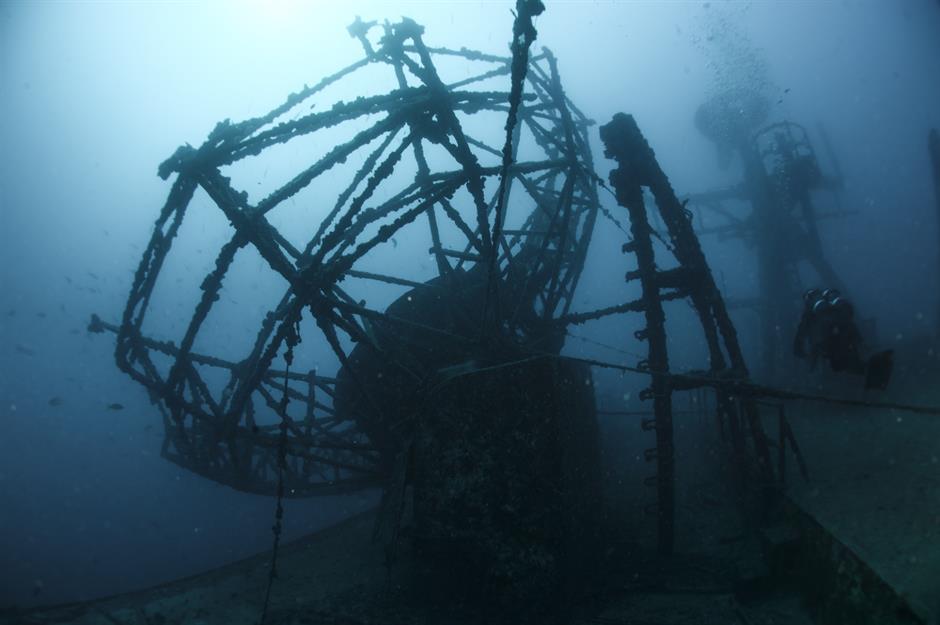
A former military troop and missile-tracking ship, the General Hoyt S Vandenberg was intentionally sunk to the bottom of the ocean on 27 May 2009. Located in Florida Keys National Marine Sanctuary, it’s currently the second largest artificial reef in the world – created to relieve pressure on existing coral reefs and create a habitat for marine life.
General Hoyt S Vandenberg, Florida, USA
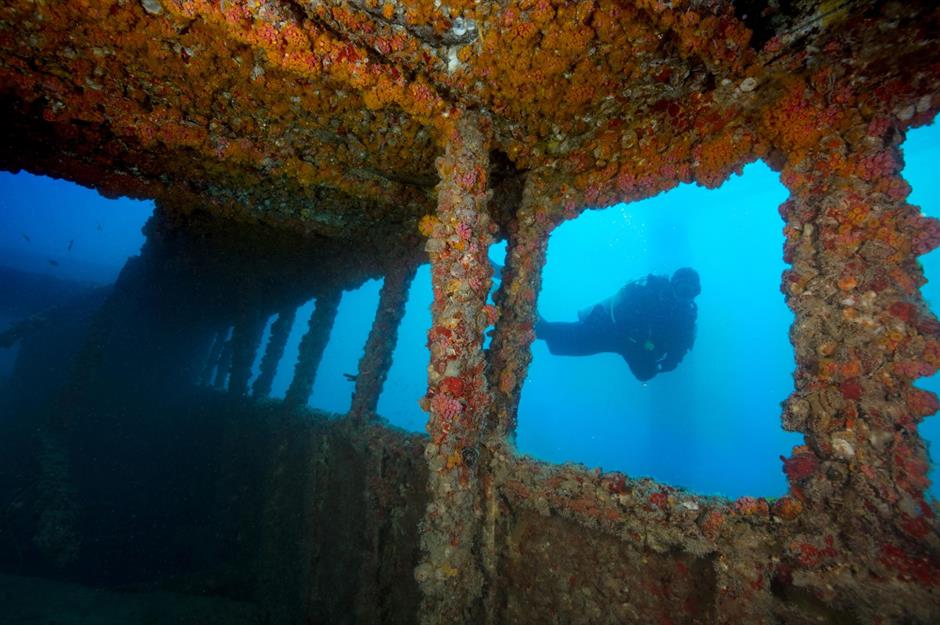
Those that dive to the site, which sits at between 40 and 150 feet (12-46m) underwater, will be rewarded with a huge variety of wildlife within a brilliantly preserved vessel. It measures 520 feet (158m) from end to end, so it would be impossible to explore it all at once, but that’s part of the fascination for many divers. The ship’s antenna, telescopes and radar dishes are still visible and are easy to explore.
Bessie White, New York, USA
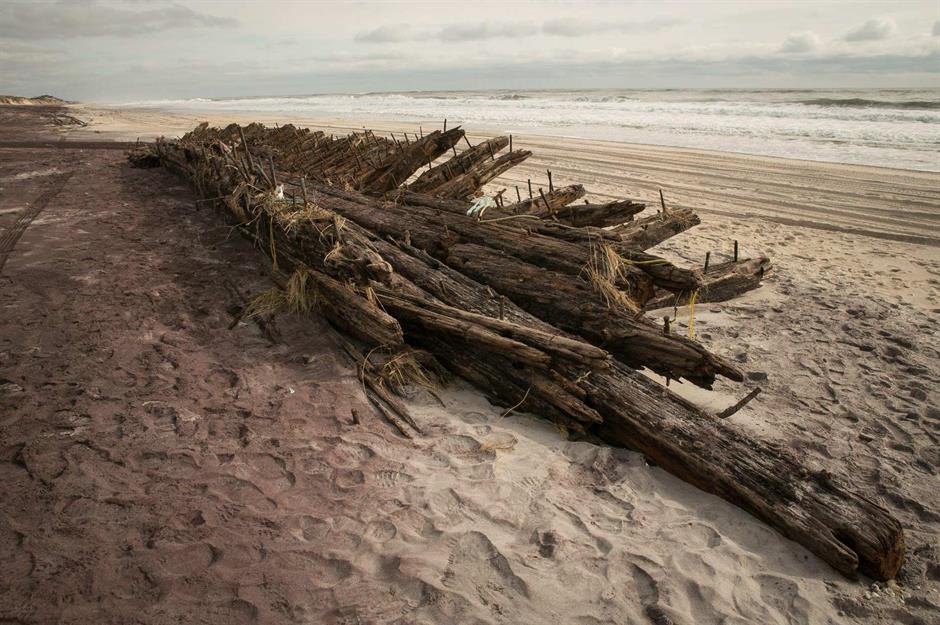
Bessie White, New York, USA
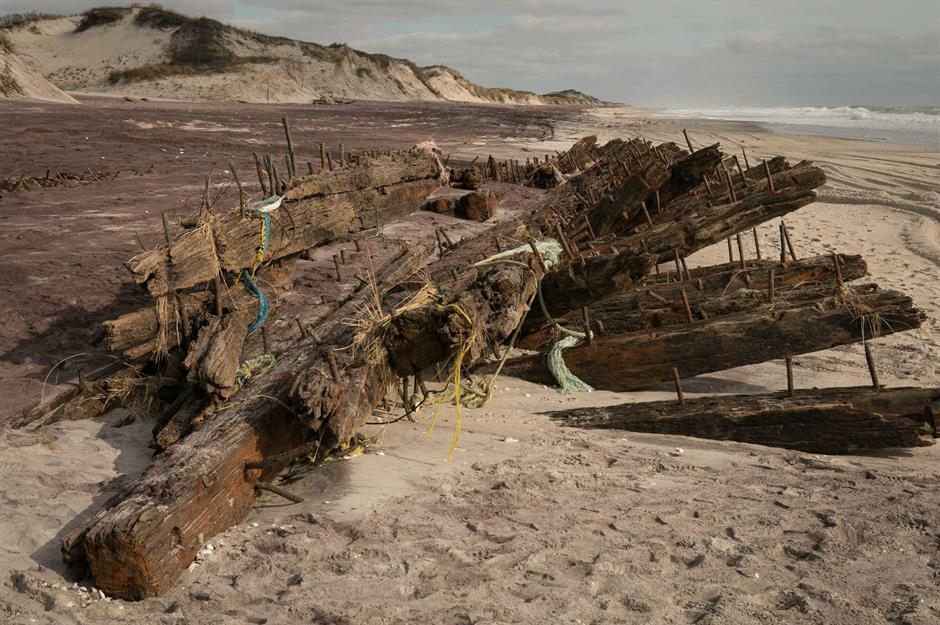
SS Dominator, California, USA
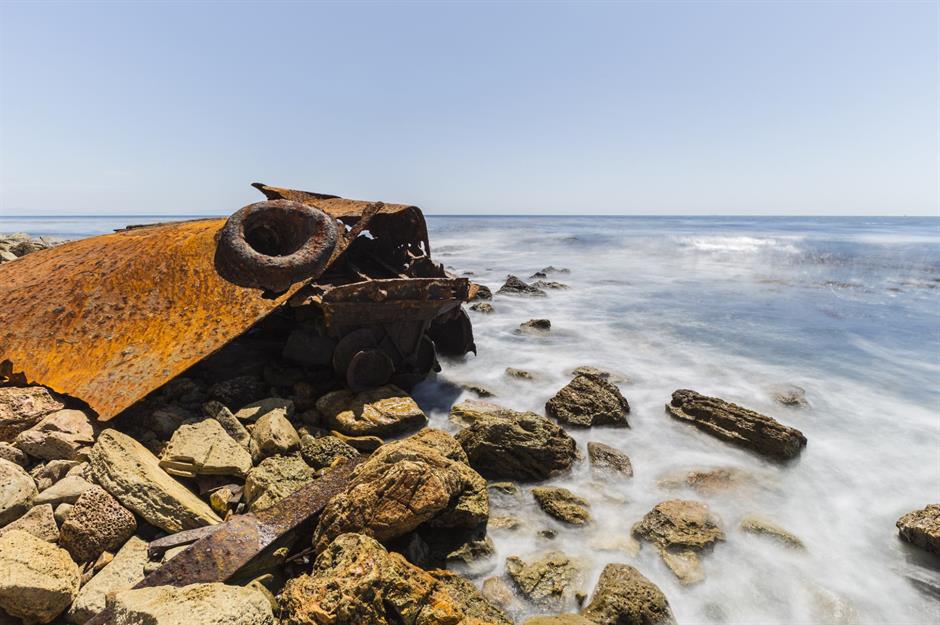
One fateful day in March 1961, the SS Dominator cargo ship was carrying wheat between Los Angeles and Vancouver when foggy conditions caused navigational issues. She ran aground just off Rocky Point, on California’s Palos Verdes Peninsula. The US Coast Guard tried to dislodge her using tugboats, but after two days without success she was abandoned.
SS Dominator, California, USA
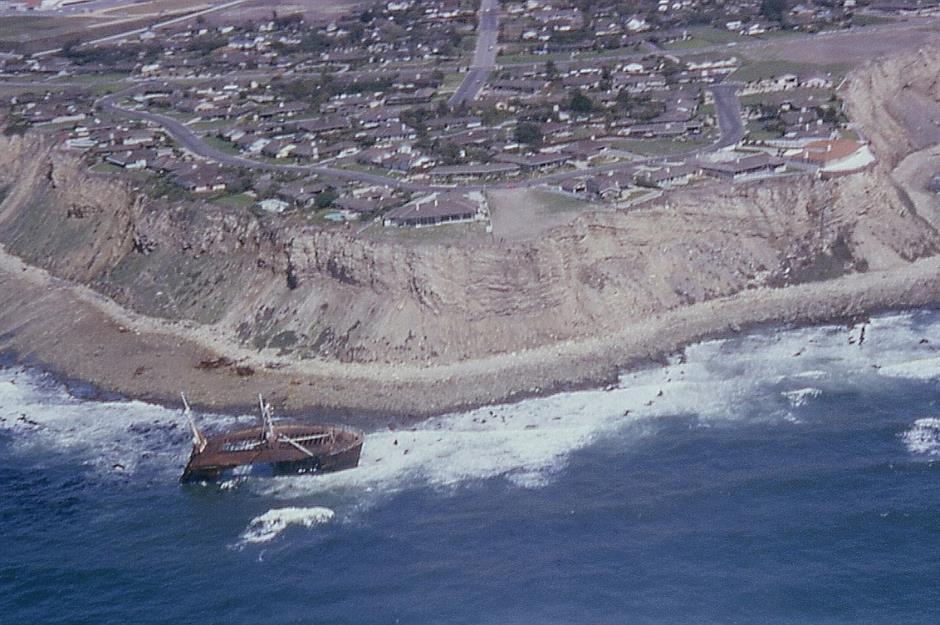
Although the ship stayed in one piece for decades, eventually the rusty ruins broke into fragments. Today, you can find scraps of the hull and other parts of the vessel littered along the coastline, which can be explored via a popular 4.5-mile (7.4km) out-and-back walk.
HMS Vixen, Bermuda
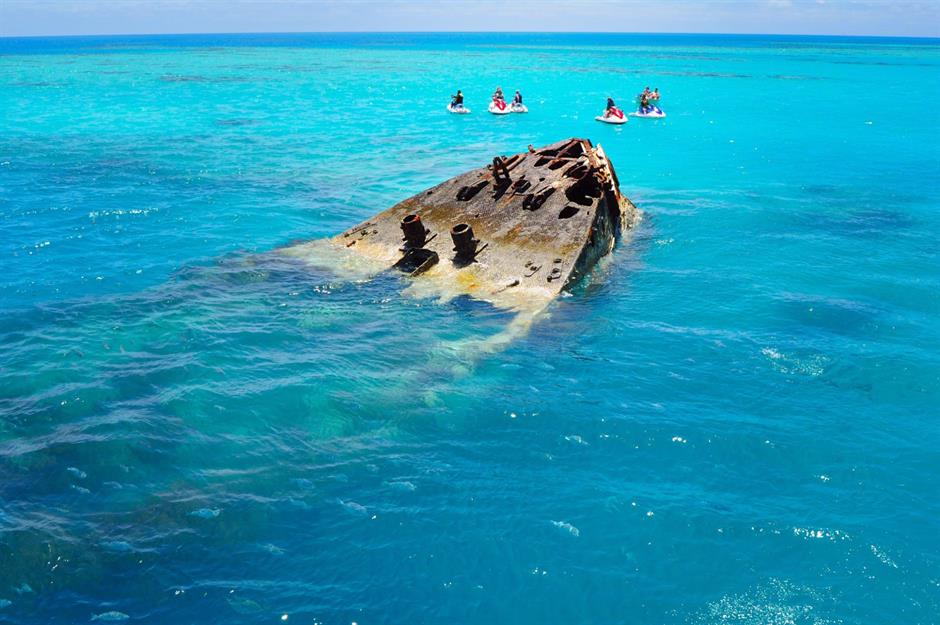
With her nose just sticking out above the bright blue waters around Bermuda, the HMS Vixen is a striking shipwreck often visited by snorkellers, divers and boat trips. The British naval ship was used mainly as an experimental vessel in the late 19th century, before her engines were removed in 1896 and she was sunk in this spot, off Daniel’s Head.
HMS Vixen, Bermuda
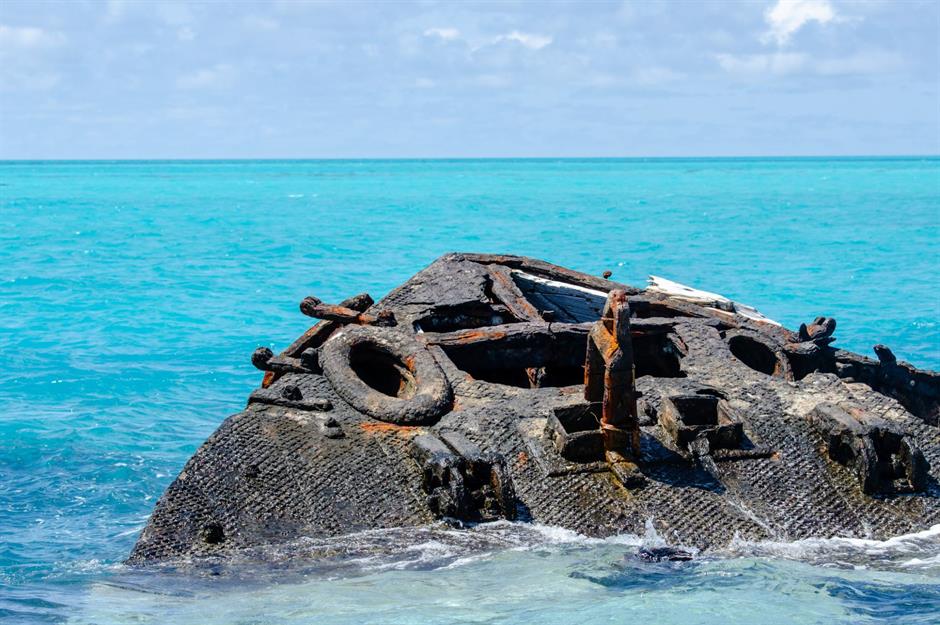
Those wishing to explore the underwater gem can book a tour with Island Tour Centre, who run snorkelling and boat tours of the HMS Vixen and other shipwrecks in the area. It’s also possible to dive to see more of the wreck, although scuba divers require a permit.
Love this? Follow us on Facebook for more incredible photo-led features
Peter Iredale, Oregon, USA
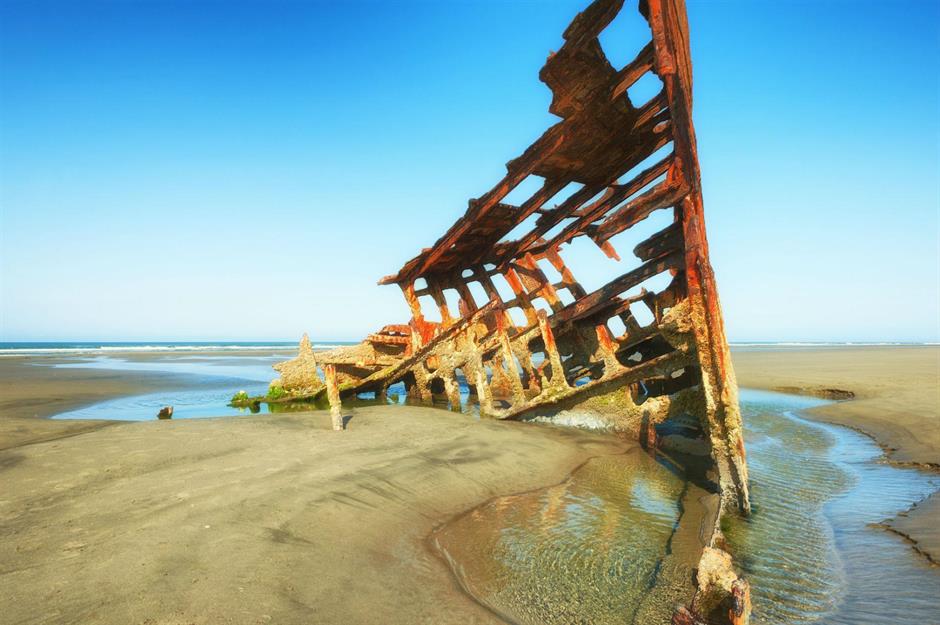
There are so many shipwrecks along the Oregon coastline it’s been nicknamed ‘The Graveyard of the Pacific’, but among the spookiest is the Peter Iredale. Located in the historic Fort Stevens State Park, this skeletal wreck’s rusted and barnacle-clad bow and masts are still intact and visible, poking out of the sand. When the tide is low you can walk right up to the vessel, and examine it for yourself.
Peter Iredale, Oregon, USA
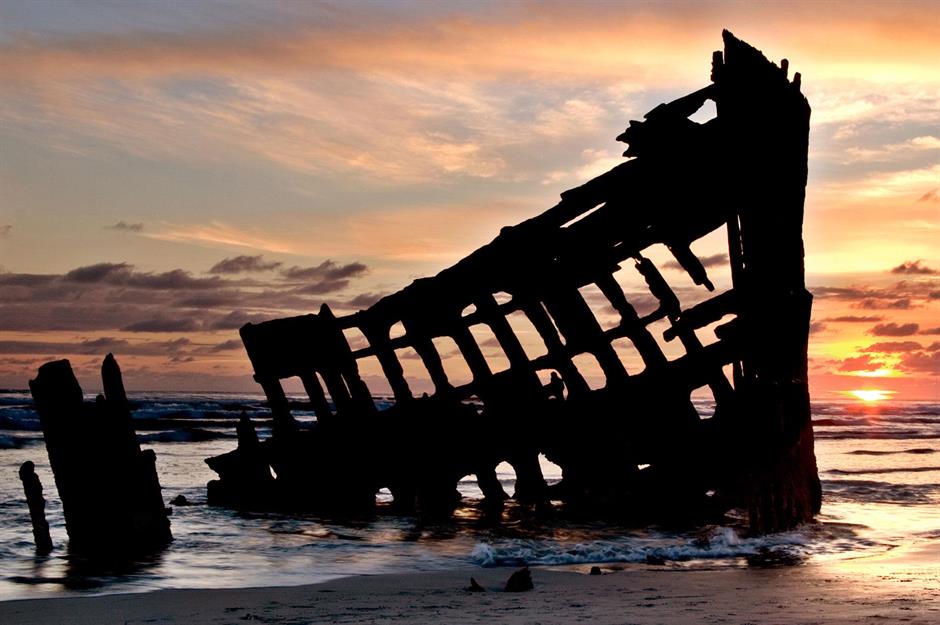
The four-masted steel bark was built in England and served as a cargo ship, transporting goods between the US and UK at the turn of the 20th century. She was travelling between Salina Cruz, México and Portland, USA in 1906 when heavy wind and currents caused her to run aground at Clatsop Beach. The impact was so severe that three of her masts broke, but fortunately none of the crew were harmed.
Hermes, Bermuda
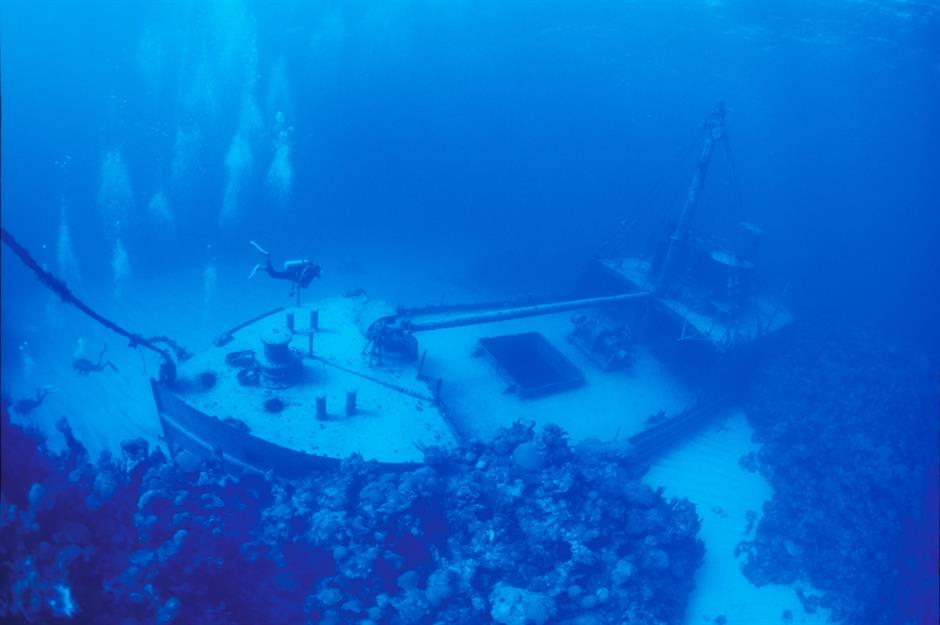
Underwater photographers flock to the Hermes, located just off Horseshoe Bay in Bermuda, thanks to her strikingly well-preserved components and clear, bright underwater conditions. The steel liner was built in 1943 and served as a US Coast Guard buoy tender until the end of the Second World War, when she was decommissioned. She was then used as a freight ship registered in Panama, but sank off the coast of Bermuda in 1983 after experiencing engine trouble.
Hermes, Bermuda
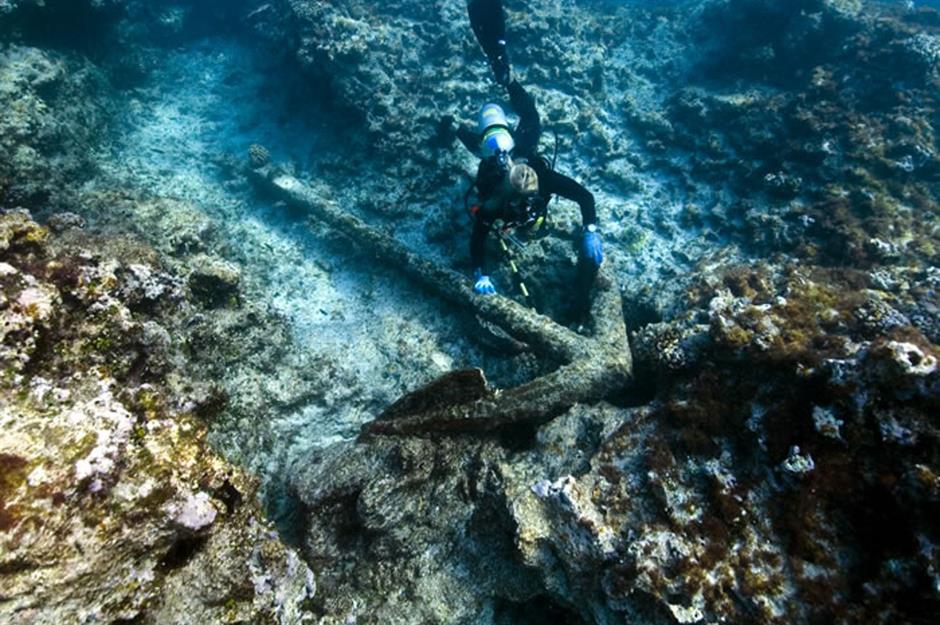
The ship was repossessed by the Bermudian government, who gave her to the Bermuda Divers Association to create an artificial reef. After being thoroughly cleaned, she was sunk in her current spot, around 80 feet (24m) beneath the water’s surface. Since then she’s gradually been covered with corals and surrounded by fish, including yellowtail, barracuda and grey snapper, making the Hermes a very popular dive site.
Pesuta, British Columbia, Canada
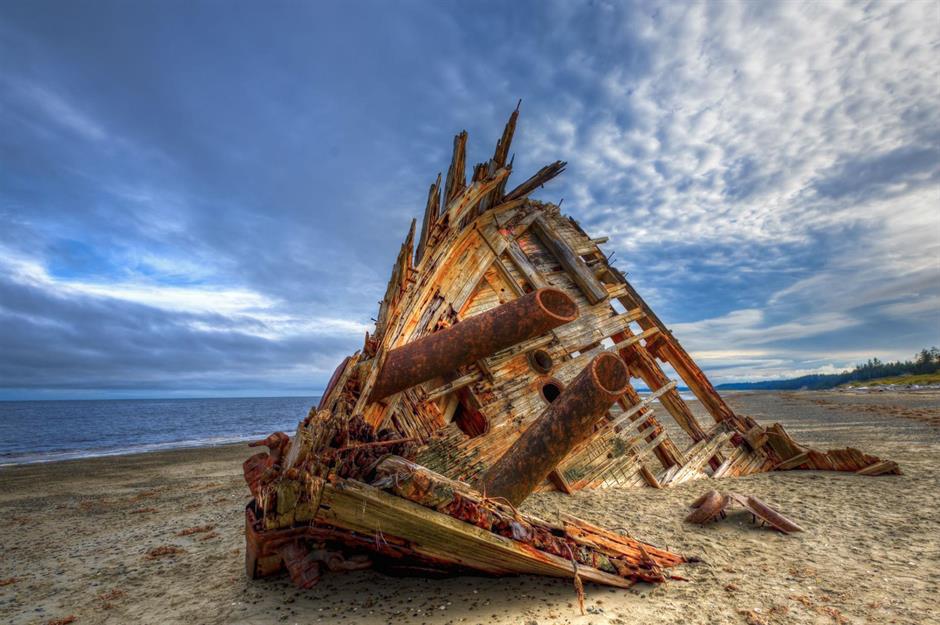
Located off the picturesque Haida Gwaii archipelago in British Columbia, Canada, the Pesuta has an unusually beautiful backdrop of rainforest, making it an all-the-more striking sight. The Pesuta began life as a steamship before it was converted to a log barge in the early 20th century. After a brutal storm in 1928, it ran aground on this scenic stretch of coast.
Pesuta, British Columbia, Canada
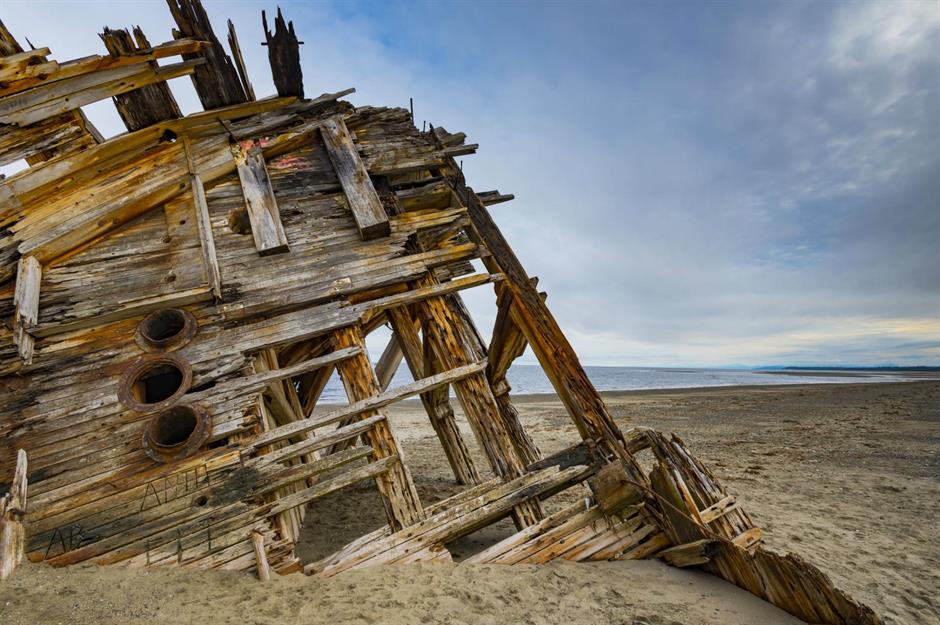
The remains of the Pesuta are a popular tourist attraction, although getting here involves a four-hour-round-trip hike through the forests and beaches of the Naikoon Provincial Park, located on the traditional territory of the Haida Nation. Once you're there, the wreck's above-sea-level location makes it among the most accessible and explorable on the planet.
SS Francisco Morazan, Michigan, USA

First launched in 1922, the SS Francisco Morazan was built for German proprietors but was sold to various governments over the years. She made her last fateful journey in November 1960, which was supposed to be between Chicago and the Netherlands. Yet brutal winds and snow led her to run ashore some 300 feet (91m) off the southwest shore of South Manitou Island, on Lake Michigan.
SS Francisco Morazan, Michigan, USA

The 14-person crew abandoned ship soon after and thankfully all made it safely to dry land. The vessel has remained on this weather-beaten stretch of coastline ever since, slowly being overtaken by nature (it’s now home to several species of bird). You can hike to view the liner for yourself from the shore or take out a kayak to see it up close.
SS Atlantus, New Jersey, USA
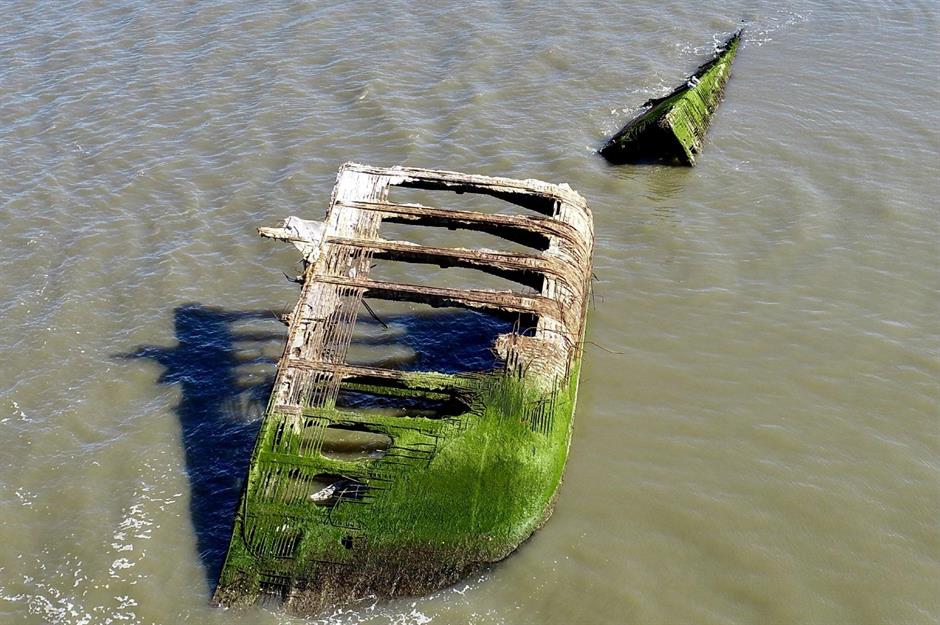
Built just after the First World War, the SS Atlantus was a concrete liner used to transport American troops returning from Europe. An experimental design at the time, concrete ships were later deemed impractical due to their enormous weight, so the vessel was retired in 1920. For several years she was put to use as a ferry dock in Cape May, but broke away from her moorings during a storm in the mid-1920s and ran aground.
SS Atlantus, New Jersey, USA
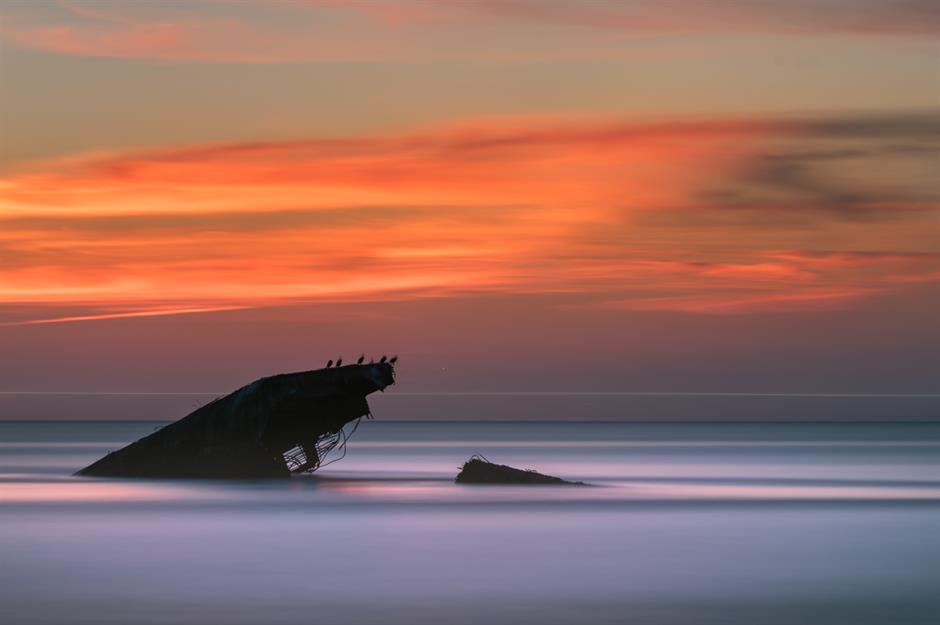
Today, the strange concrete vessel remains on this stretch of New Jersey coastline, which is fast becoming a boneyard for lost and forgotten ships. Most of the wreck sits below the water’s surface but the stern is visible at most times. At low tide you can see parts of the bow.
RMS Titanic, Newfoundland, Canada
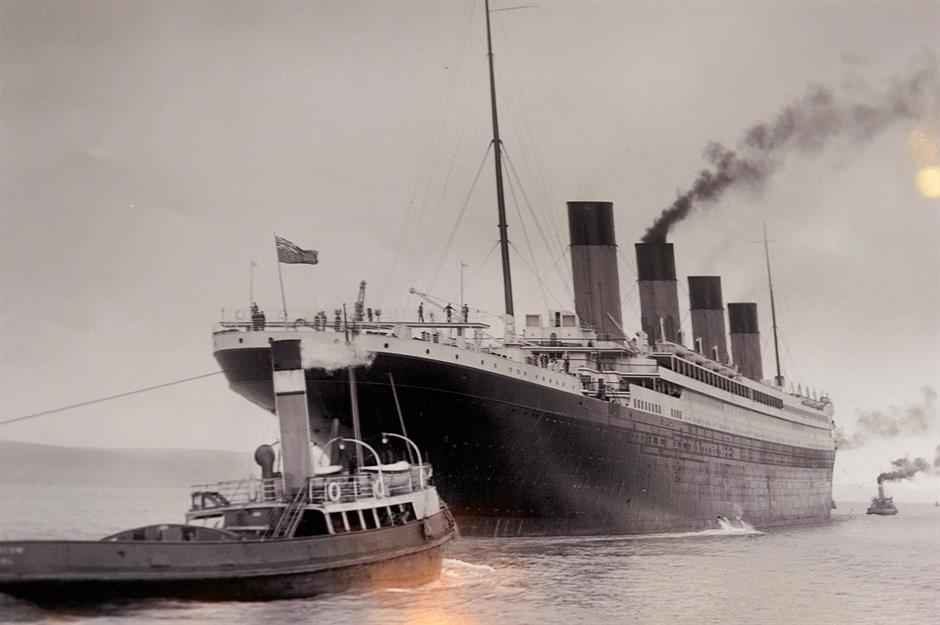
Arguably the most famous shipwreck of all time, the remains of RMS Titanic can be found at the bottom of the Atlantic Ocean, around 400 nautical miles (740km) from Newfoundland, Canada. She met her unfortunate fate on 15 April 1912, when a collision with an iceberg sent her plunging into the icy depths, killing more than 1,500 people.
RMS Titanic, Newfoundland, Canada
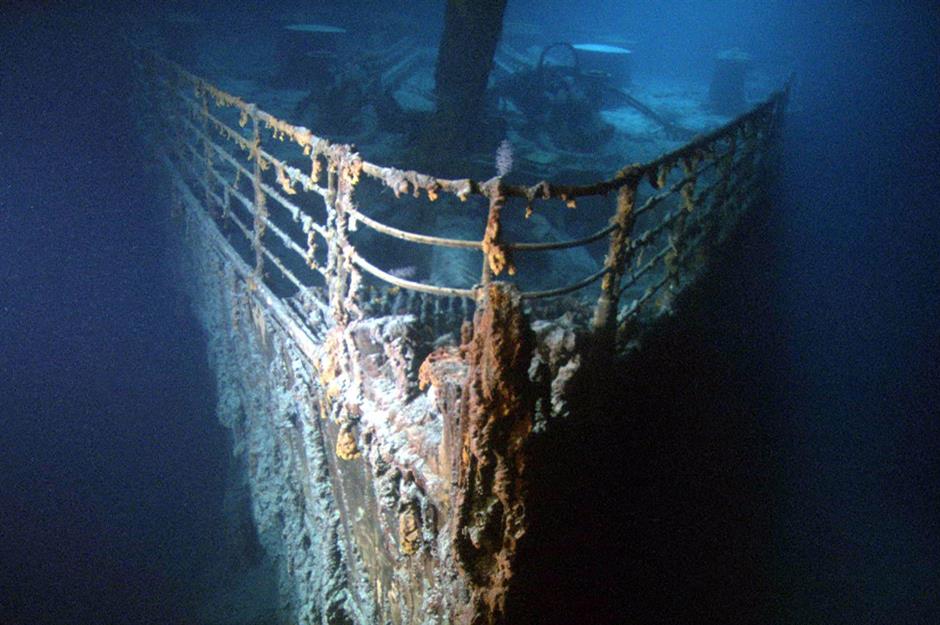
The first manned exploration of the ocean liner's carcass in 1986 brought back to the surface the first high-quality images of Titanic since it disappeared below the waves. There have since been numerous scientific expeditions to document the wreck and its rate of decay. In August 2019, divers explored the wreck for the first time in 15 years and discovered that it's deteriorating from bacteria and salt corrosion. The starboard side of the officer's quarters has disintegrated and experts predict it won’t be long before the entire ship is lost.
SS Point Reyes, California, USA
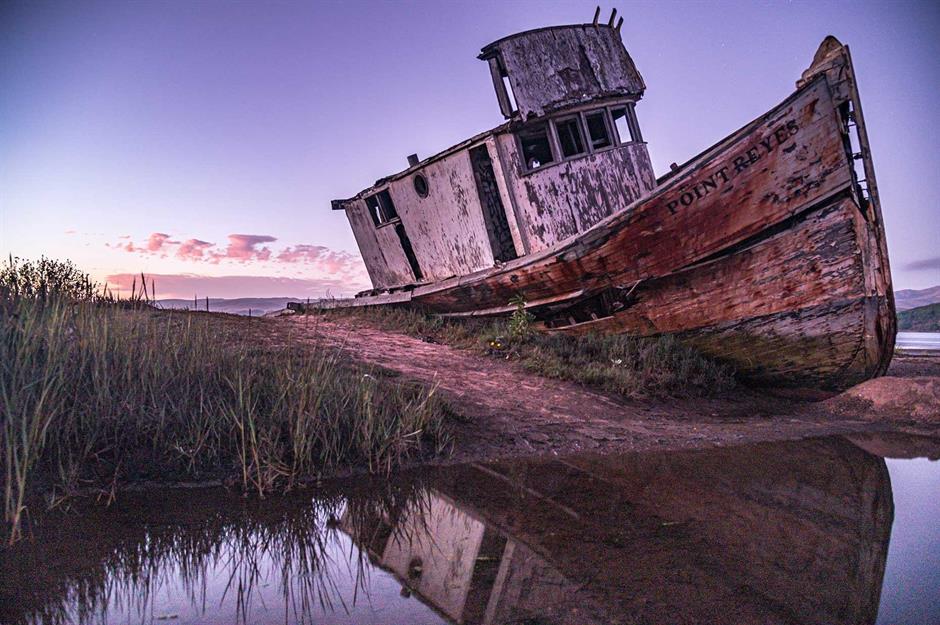
From elephant seals to a magnificent lighthouse, there's a lot to see at the 70,000-acre Point Reyes National Seashore in northern California. In addition to the 1,500 species of plants and animals, there is also the SS Point Reyes, a fabulously photogenic shipwreck, and one of many along this coastline of treacherous rocks.
SS Point Reyes, California, USA
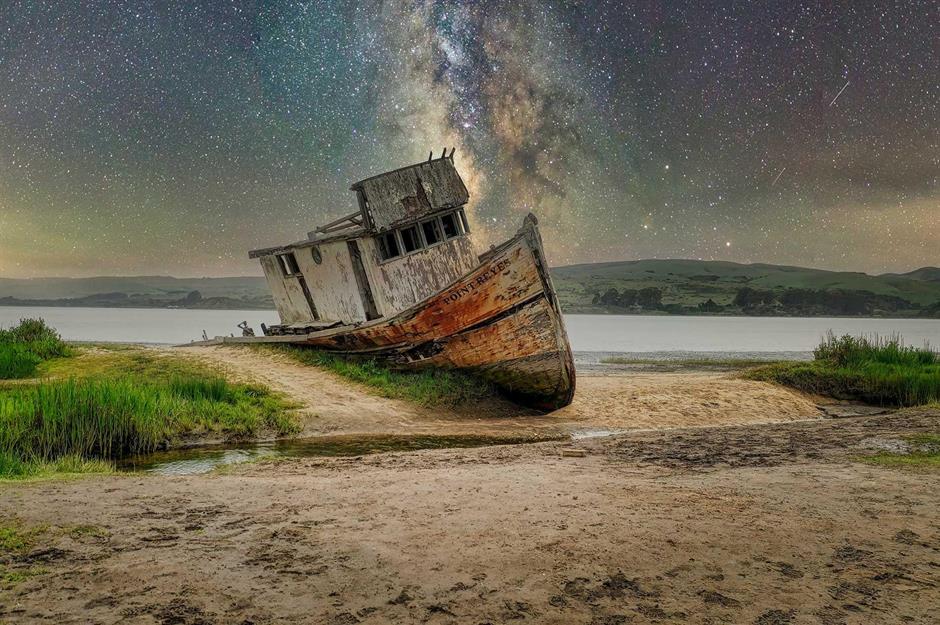
Located in Tomales Bay, the shipwreck is adored by photographers, with the best shots taken during low tide. Here, the wreck is captured at night by professional photographer Cameron Venti, backed by the Milky Way. But its popularity also means it's under threat – in 2016, a fire damaged the rear, while the exterior and interior have been graffitied too.
Sweepstakes, Ontario, Canada
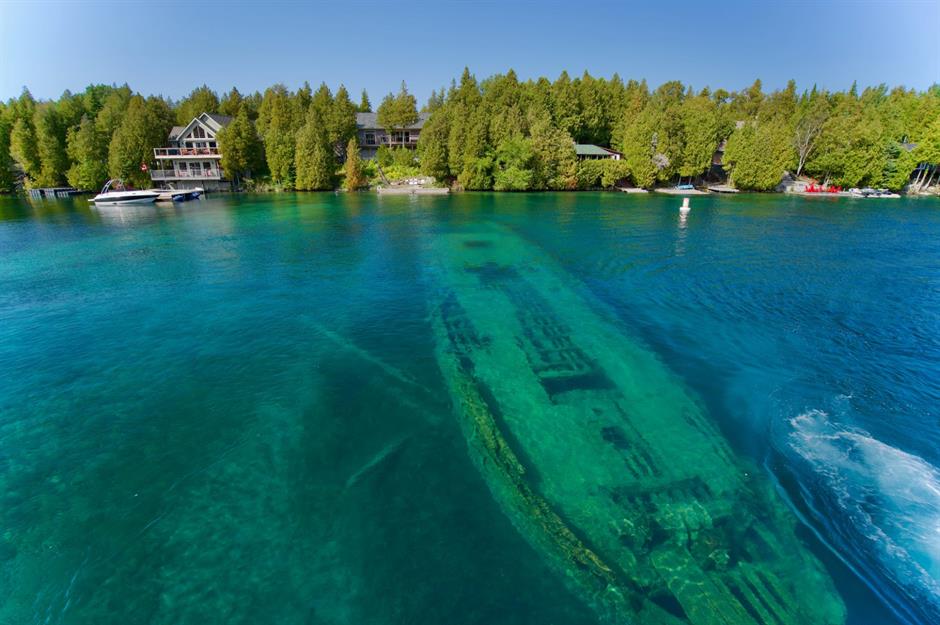
Ontario’s Tobermory region is a treasure trove for shipwreck hunters: there are more than 25 stunning examples that can usually be explored on diving or snorkelling tours, or aboard a glass-bottom boat. The best known is Sweepstakes, a 119-foot (36m) schooner that sank in the shallow waters of Lake Huron in 1885, after hitting a rock.
Sweepstakes, Ontario, Canada
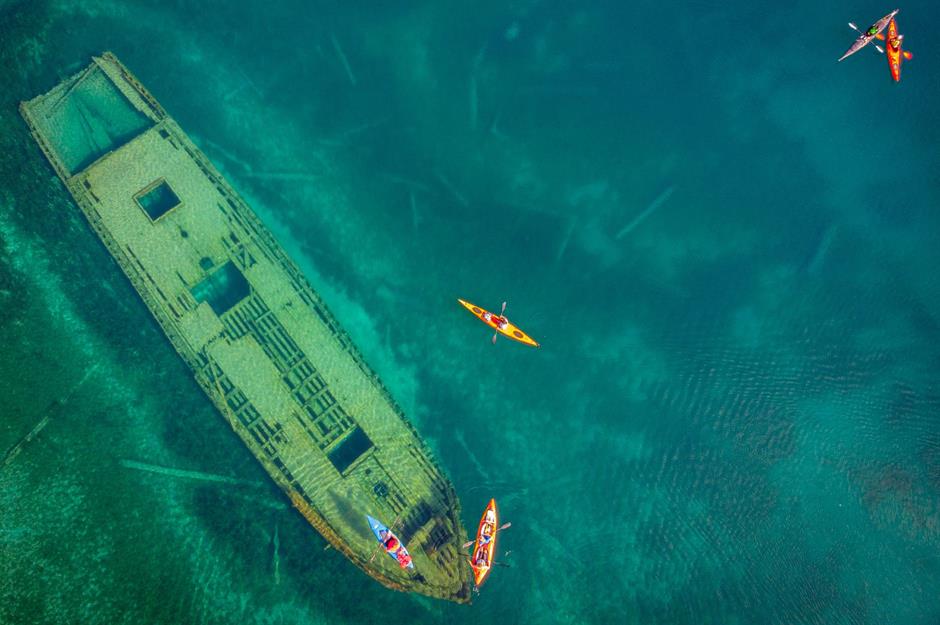
The schooner remained there for a couple of weeks before being towed into the harbour. After she was examined and found to have sustained irreparable damage, Sweepstakes was stripped of all her useful rigging and equipment. Her hull, windlass and part of the original bow rail are all still intact and make for an arresting sight amid the clear azure water. She is one of more than 6,000 estimated shipwrecks thought to lie entombed at the bottom of North America's perilous Great Lakes.
Iron Scow, Ontario, Canada
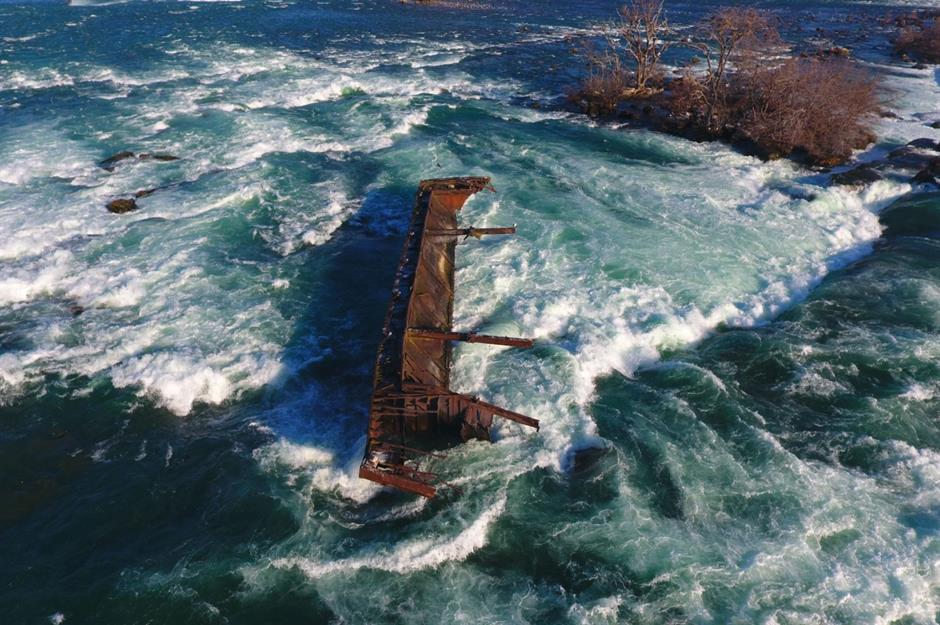
Also known as the Niagara Scow or Old Scow, this striking shipwreck is found in the turbulent waters near the Canadian side of Niagara Falls. A dumping barge used to dredge the sandbanks along the Niagara River, the vessel ran aground in 1918, causing the rope that had been towing it to break. The barge began drifting towards Horseshoe Falls but, thankfully, the two men aboard managed to flood the inside of the ship to stop it moving. They were rescued the following day.
Iron Scow, Ontario, Canada
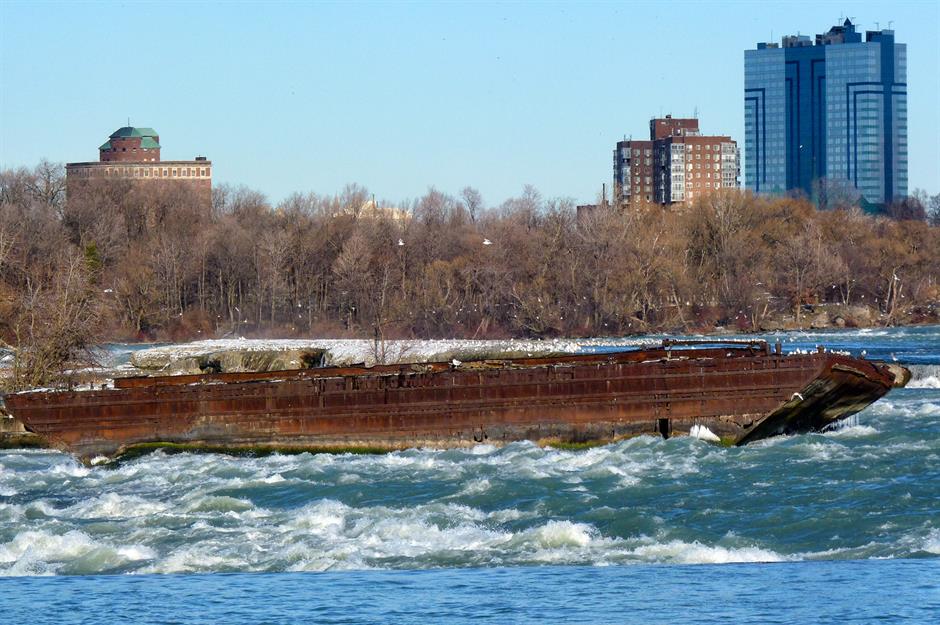
What makes this wreck especially unusual is that, in 2019, a strong storm caused it to move about 160 feet (50m) closer to the falls. The boat has begun to break into parts and is expected to deteriorate further in the coming years. Jim Hill, senior manager at Heritage of Niagara Parks, said in a Twitter (now X) video that "the scow has lived through decades of being pounded by the river and storms", and that he believes it’s reaching the end of its life.
YOGN-42, Hawaii, USA
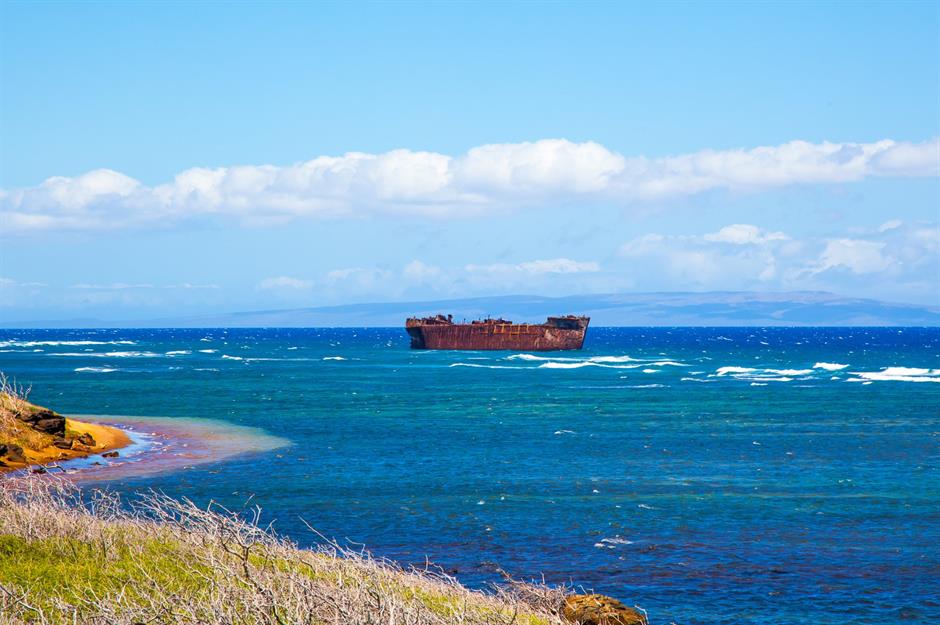
Along the northern coast of the Hawaiian island of Lanai lies a stretch of coastline so full of ships it’s been nicknamed ‘Shipwreck Beach’. An intimidating mix of strong winds and currents come together to make this shoreline extremely treacherous. You’ll find plenty of lost vessels here, but the most famous is probably YOGN-42, a former US Navy fuel barge found at the reef near Pō`aīwa.
YOGN-42, Hawaii, USA
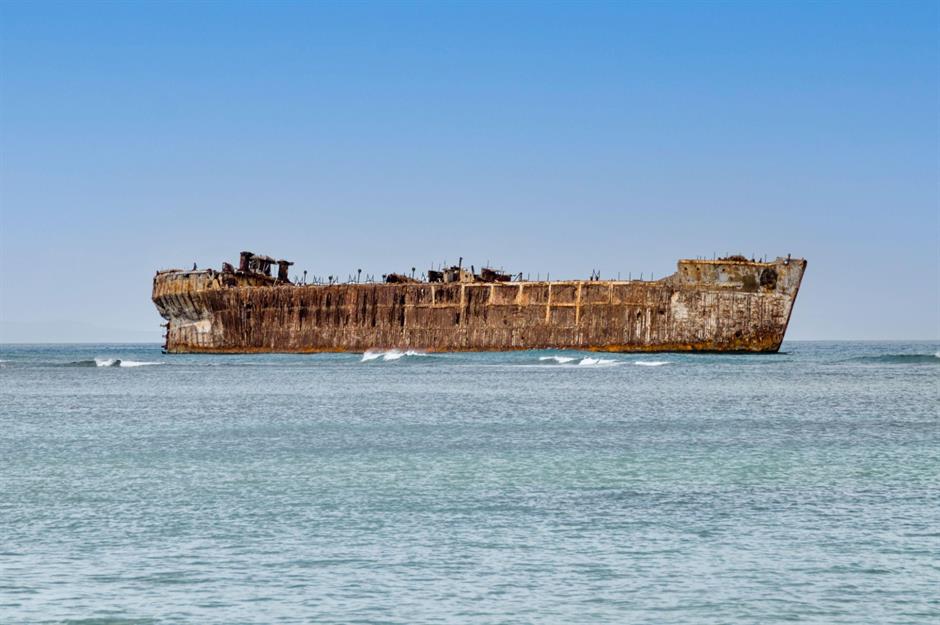
The most striking thing about this ship is its upright stance in the water – almost as if frozen while still moving. YOGN-42 was one of several concrete vessels constructed as part of the US war effort, at a time when many other building materials were scarce. But after the war it became surplus to requirements, so was abandoned in this patch of the ocean in 1954, where it’s remained ever since.
USS Kittiwake, Cayman Islands
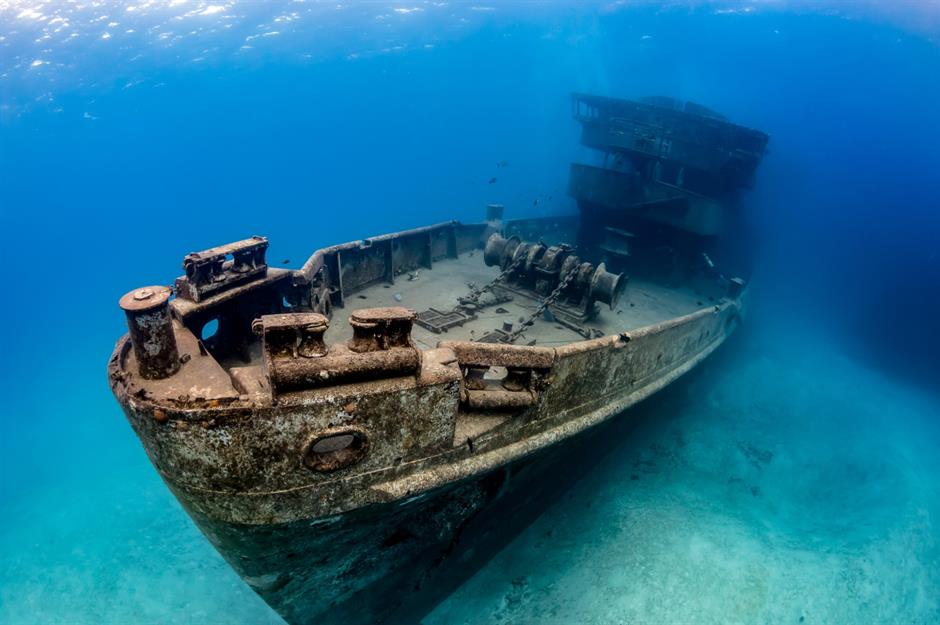
Launched in 1945, the USS Kittiwake was a US Navy ship used as a submarine rescue vessel for more than half a century. She assisted on a number of important rescue operations in her years of service – like in 1949, when she was used to help save the Missouri liner which had run aground off Thimble Shoals, Virginia.
USS Kittiwake, Cayman Islands
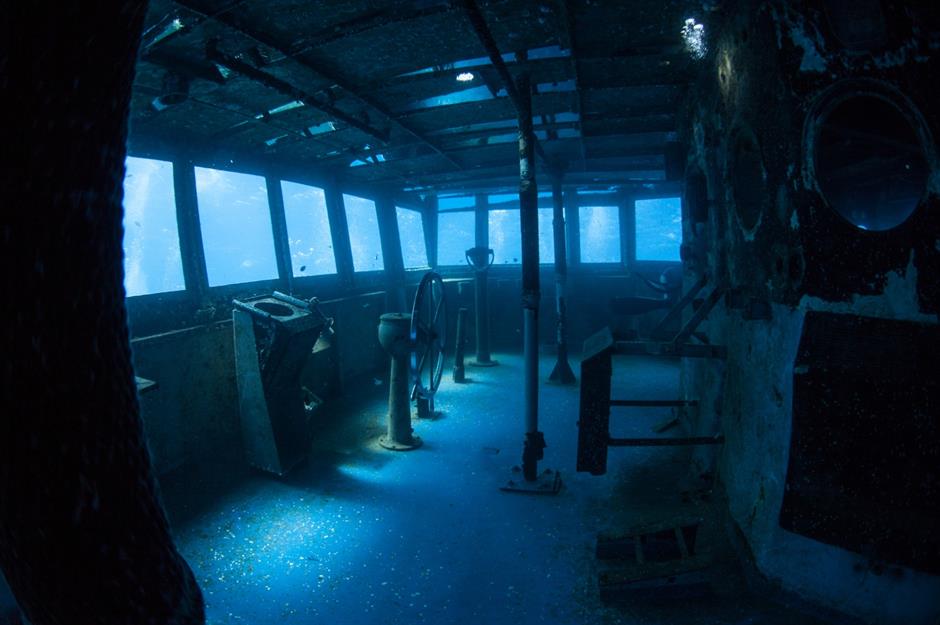
In 2011, she was intentionally sunk off the coast of Grand Cayman in order to create a new diving site. Today, the USS Kittiwake is the most popular scuba spot in the Cayman Islands, with many of the original rooms and chambers left intact.
SS Spiegel Grove, Florida, USA

The SS Spiegel Grove was a US Navy dock landing ship, commissioned in 1959 to help enforce America's Cold War strategy of containment. At 510 feet (155.5m) in length and 84 feet (25.6m) high, it was the largest ship ever intentionally sunk to create an artificial reef when it was scuttled in 2002. Things didn’t quite go to plan: six hours before its intended scuttling the Spiegel Grove sank and rolled over. Then, in 2005, waves created by Hurricane Dennis unexpectedly turned the ship upright. Today the ship forms the backbone of a new reef ecosystem located six miles (9.6km) off Key Largo.
SS Spiegel Grove, Florida USA

The Spiegel Grove is also one of the star attractions on the Florida Keys Wreck Trek, known locally as the Shipwreck Trail. There are an estimated 1,000 shipwrecks scattered throughout the Florida Keys and the trail has been designed to showcase the most important wrecks and reefs, including Spiegel Grove and Duane in the waters off Key Largo; Benwood and Eagle off Islamorada; Thunderbolt off Marathon; Adolphus Bush off the Lower Keys and Joe’s Tug and Vandenberg off Key West.
Now check out the haunting histories of the world's most tragic ships
Comments
Be the first to comment
Do you want to comment on this article? You need to be signed in for this feature